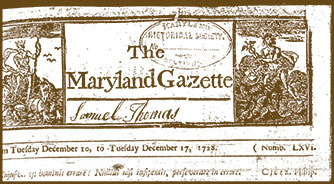History Labs
A Guided Approach to Historical Inquiry in the K-12 Classroom
Conducting Source Work
In this video students engage in source work, with the teacher assisting the process.
Selected from the surviving traces of the past, sources lie at the heart of historians’ efforts to reconstruct that past. Historical evidence can be in the form of written materials, such as newspaper articles, death certificates, love letters, and political speeches. Artistic or visual artifacts, like paintings and other works of art, photographs or political cartoons can also be historical evidence. To gain an understanding of historical events, actors, and ideas, students must become comfortable working with historical evidence. In History Labs, students conduct source work in much the same way as historians.
Historical sources used in History Labs are not limited to “primary” sources. In addition to the direct remnants of the past, students should also learn to utilize historians’ interpretations and traditional history textbooks. No matter the type of source, students should apply the same process to their examination of the materials.
Each form of evidence requires students to employ a specific set of historical literacy skills. History education specialists like Sam Weinberg, Bruce VanSledright, and Bruce Lesh, whose research informs the History Lab model, have sought to define and order these disciplinary skills.
